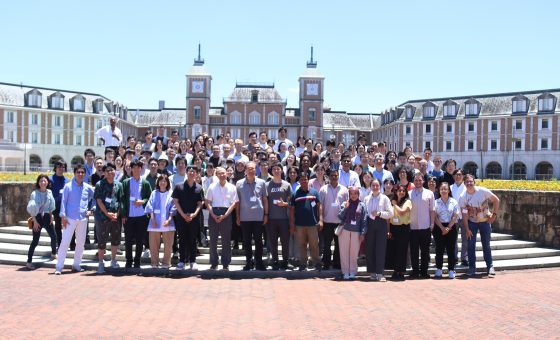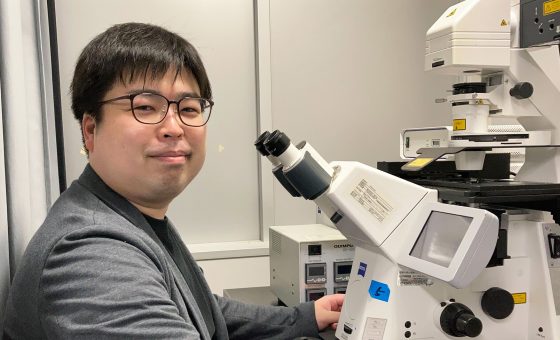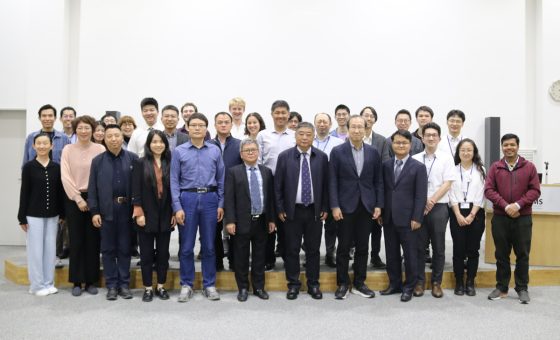Getting closer to porous, light-responsive materials

Susumu Kitagawa of iCeMS, Hiroshi Sato of the University of Tokyo, and their colleagues have developed a light-responsive crystalline material that overcomes challenges faced in previous studies.
Photochromic molecules change their electronic states or chemical structures, when exposed to light. They can play key roles in the development of ‘photoresponsive’ materials that could be used in delivery systems for controlled drug release, or to develop dynamic scaffolds for tissue engineering, among other applications. But so far, their use with solid materials has proven challenging because the materials have been too rigid to allow repeatable and reversible changes.
Further details are available at the following page:
Kyoto University | Getting closer to porous, light-responsive materials







